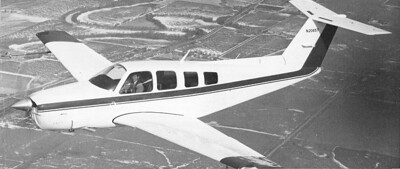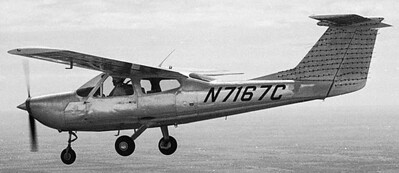Hey everbody!
I'm looking at purchasing a Turbo Arrow, and one of the reasons why I want to get into a turbo-charged aircraft is in order to be able to take off from relatively short strips even at very high DAs. The aircraft will be parked in Colorado and I'm currently also searching for hangaring opportunities. One very interesting field (low rates and hangars available) is at 6300ft altitude with only a 2800ft grass runway though. So I checked with the POHs and was surprised:
At these high elevation fields the Turbo Arrow IV (T-Tail) is supposed to have significantly shorter take-off distances that the regular tail Turbo Arrow III. This goes against all the conventional wisdom I have heard about Piper T-Tails. I always was under the impression that the t-tails are kind of runway hogs, but the data I can find says exactly the opposite.
I'll attach the POH data below, maybe some Turbo Arrow pilots can chime in and give me either real-world data they see with their airplanes or some different performance data out of their POHs that disproves what I'm seeing here.
One more thing to consider: The regular tail version can be equipped with VGs to further lower the take-off distance, the t-tail cannot (at least I couldn't find any kit).
Thanks for your help,
cheers!
Cedric
I'm looking at purchasing a Turbo Arrow, and one of the reasons why I want to get into a turbo-charged aircraft is in order to be able to take off from relatively short strips even at very high DAs. The aircraft will be parked in Colorado and I'm currently also searching for hangaring opportunities. One very interesting field (low rates and hangars available) is at 6300ft altitude with only a 2800ft grass runway though. So I checked with the POHs and was surprised:
At these high elevation fields the Turbo Arrow IV (T-Tail) is supposed to have significantly shorter take-off distances that the regular tail Turbo Arrow III. This goes against all the conventional wisdom I have heard about Piper T-Tails. I always was under the impression that the t-tails are kind of runway hogs, but the data I can find says exactly the opposite.
I'll attach the POH data below, maybe some Turbo Arrow pilots can chime in and give me either real-world data they see with their airplanes or some different performance data out of their POHs that disproves what I'm seeing here.
One more thing to consider: The regular tail version can be equipped with VGs to further lower the take-off distance, the t-tail cannot (at least I couldn't find any kit).
Thanks for your help,
cheers!
Cedric




